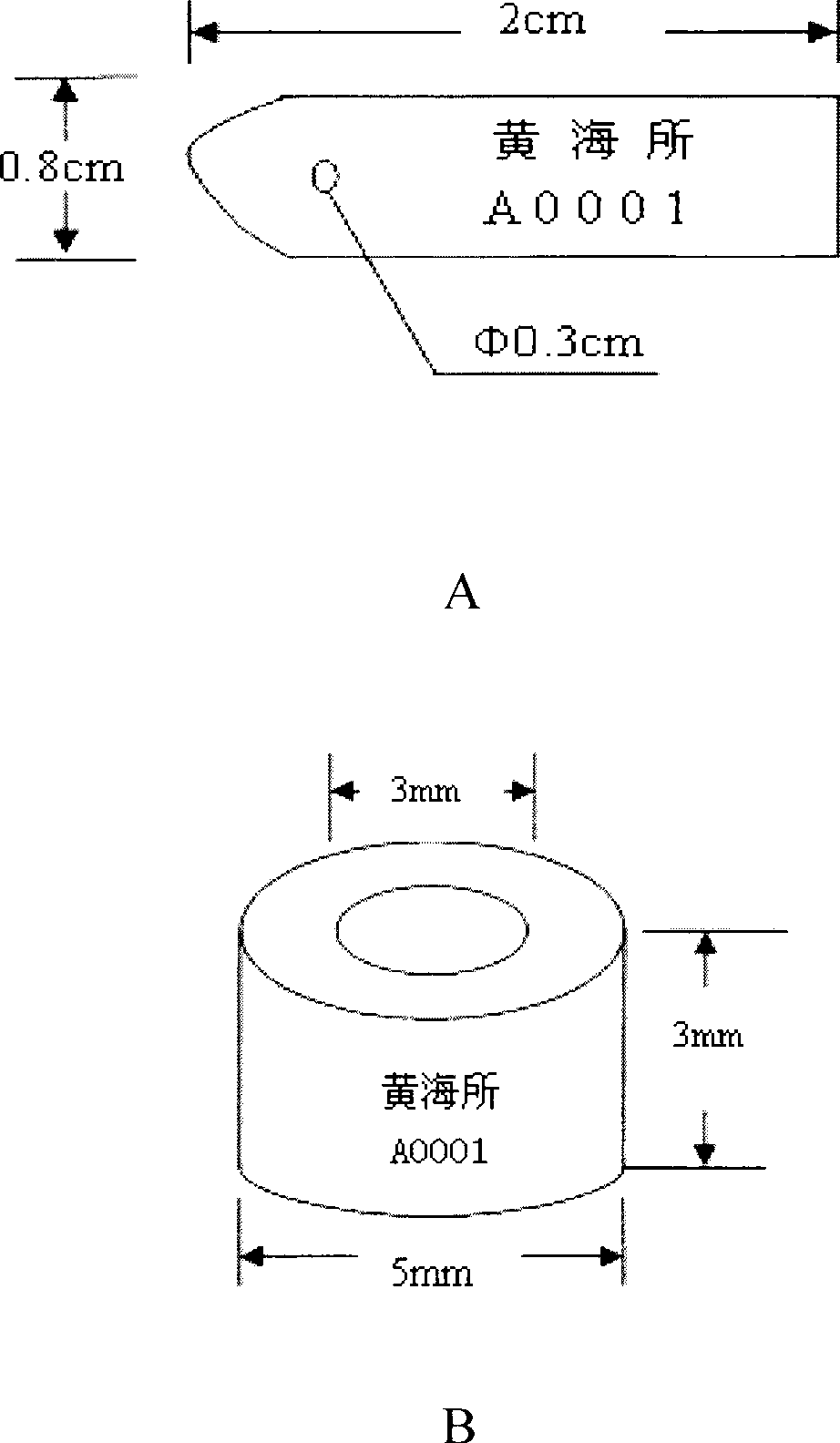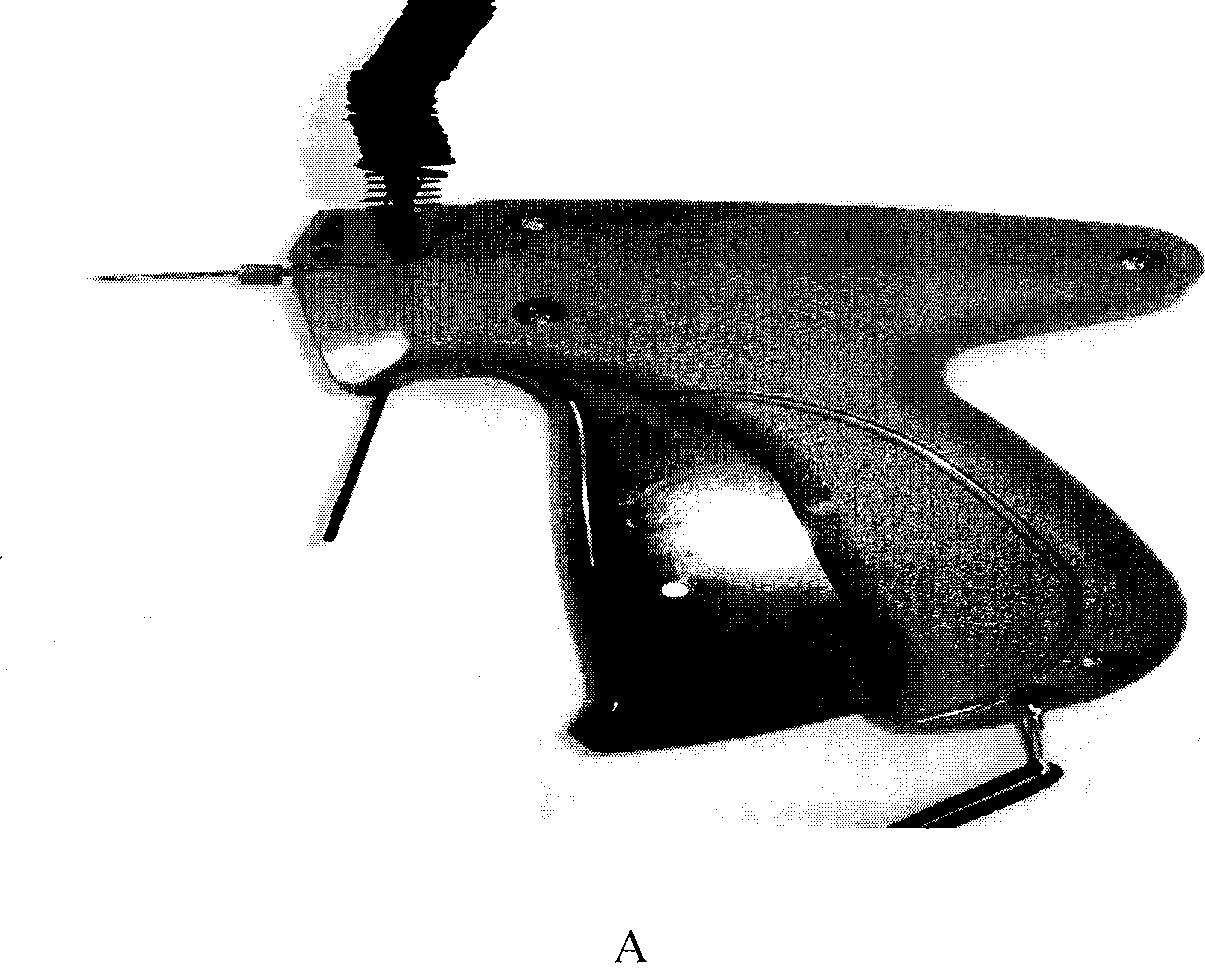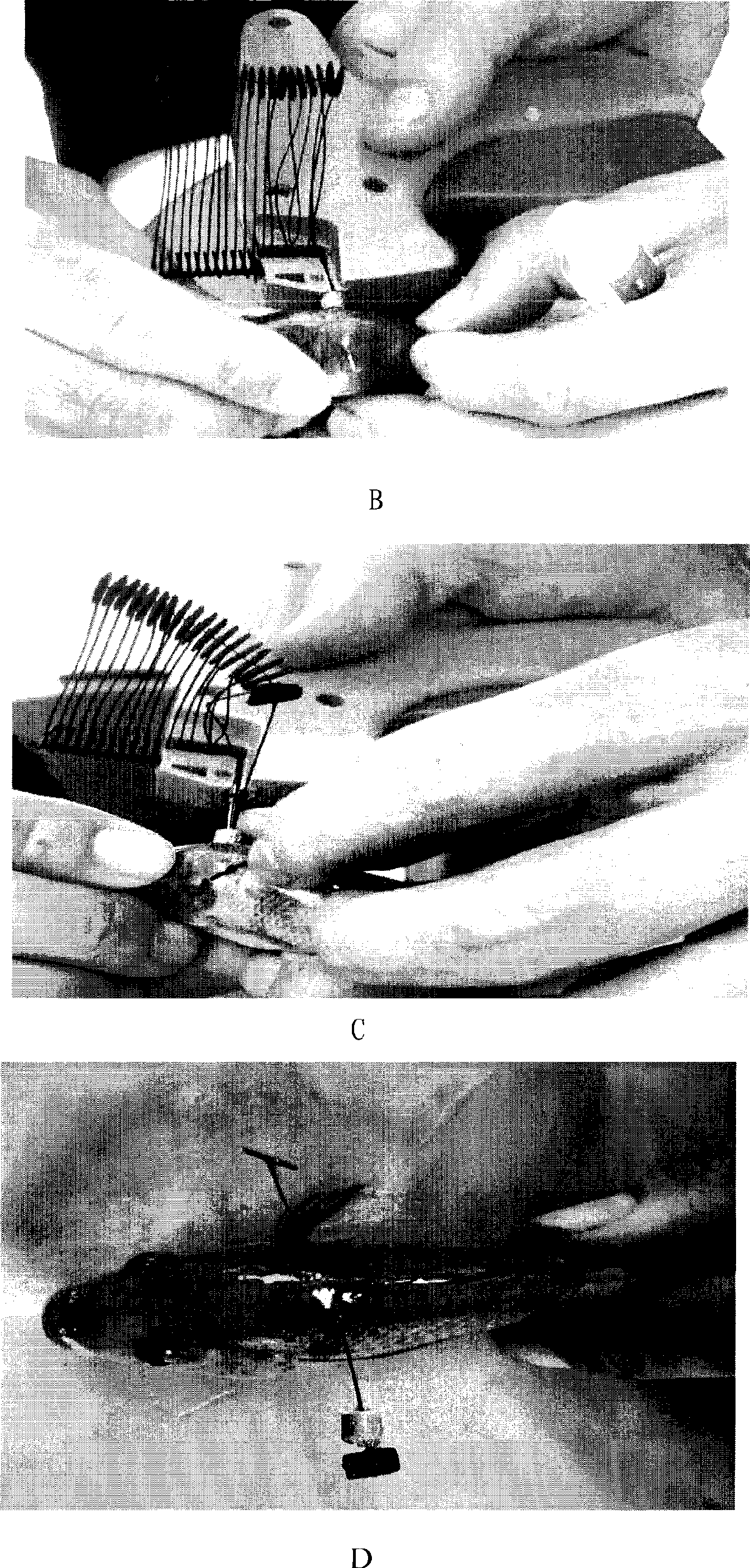Individual marking method for selective breeding of Tilapia
A technology of selective breeding and marking method, applied in fish farming, application, climate change adaptation, etc., can solve the problem of difficulty in meeting large-scale tilapia breeding and marking, high cost of large-scale tilapia, and the price of automatic detectors. Expensive and other problems, to achieve the effect of low cost, high automation, and small damage
- Summary
- Abstract
- Description
- Claims
- Application Information
AI Technical Summary
Problems solved by technology
Method used
Image
Examples
Embodiment Construction
[0024] The technology of the present invention is described in detail below in conjunction with accompanying drawing by example:
[0025] This experiment is carried out in Lingang, Cangzhou, Hebei Province, Zhongjie tilapia breeding farm, and its technical method of the present invention includes: 1, preparation before marking; 2, anesthesia of fish; 3, marking of seedlings.
[0026] 1. Preparation before marking:
[0027] 1), preparation and disinfection of marking tools:
[0028] Choose a small, flat rubber needle with an appropriate length in the shape of an "I" (50mm in this experiment, model: SAGA, made of polyethylene), a tag gun with a needle of appropriate specifications (the model selected in this experiment: SAGA 70L), see attached figure 2 Figure A) and a closed-loop plastic label (the material is composite PU glue). At the same time, prepare scoop nets, towels, basins filled with clean water, and inflatable air stones, and use 75% alcohol to disinfect tag guns,...
PUM
 Login to View More
Login to View More Abstract
Description
Claims
Application Information
 Login to View More
Login to View More - R&D
- Intellectual Property
- Life Sciences
- Materials
- Tech Scout
- Unparalleled Data Quality
- Higher Quality Content
- 60% Fewer Hallucinations
Browse by: Latest US Patents, China's latest patents, Technical Efficacy Thesaurus, Application Domain, Technology Topic, Popular Technical Reports.
© 2025 PatSnap. All rights reserved.Legal|Privacy policy|Modern Slavery Act Transparency Statement|Sitemap|About US| Contact US: help@patsnap.com



